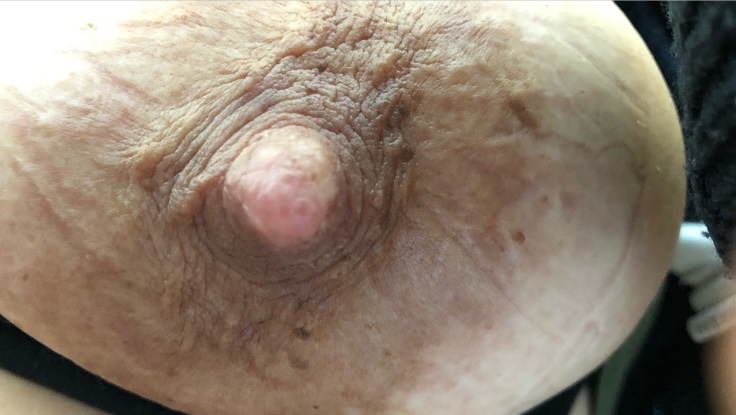
Nipple ischemia: three possible causes
“It all begins at the end of the feed. My nipple turns white and starts hurting. It hurts a lot and I don’t know what it is. Then, when I am in the shower or go outside and it is cold, the pain comes back again. What can it be?“
What this mother is describing is called nipple ischemia, which is a lack of blood supply that can cause a lot of pain. Ischemia can occur for many different reasons, and they are not all treated in the same way.
There are mainly three causes why a mother can suffer from temporary nipple ischemia, some related to breastfeeding pain and an incorrect latch, and another type related to previous issues with poor blood circulation.
Raynaud’s Syndrome or Phenomenon
When talking about Raynaud’s Syndrome, we refer to a condition that occurs in cold temperatures or when experiencing strong emotions that cause vascular spasms. The blood vessels are temporarily narrowed and blood flow is blocked in the further parts of the body: the fingers and toes, ears, nose and also the nipples.
This reaction to the cold or stress is stronger in people who suffer from Raynaud’s Syndrome. The blood vessels narrow more and faster than usual; this is known as an “episode.”
During an episode, the fingers and toes change color. They can turn from white to blue and then to red. They can also feel cold and numb due to the lack of blood circulation. Once the episode is over and the blood flow returns to normal, there can be a sharp pain and tingling sensation in the nipples. After about 15 minutes, the episode is over, and the pain disappears.
When a breastfeeding mother suffers from an episode, this can occur in the nipples. After a feed at the breast, the nipples change color and can hurt intensely. In these cases, treatment with a vasodilator medication (please talk to your healthcare provider) is the most effective, while drinking something hot when breastfeeding and applying heat on the nipple and areola after breastfeeding can help.
Ischemia caused by fear
When a mother is scared of breastfeeding, because she finds it painful, she has sore nipples or has had a negative experience, she may release large amounts of catecholamine (the fear hormone) that can cause disruption of the blood circulation. This can then cause nipple ischemia.
In these cases, the cause of the pain or fear must be resolved, accompany and help the mother to relax and help her avoid an episode of ischemia by doing some of the following:
- Talk to her while she is breastfeeding
- She can listen to some music she likes while breastfeeding
- Give the mother a hot drink and ensure she is comfortable
- Massage the mother’s shoulder blades while she is breastfeeding
As the mother feels less pain and tension when breastfeeding, the episodes of nipple ischemia will resolve on their own.
Ischemia due to compression of the nipple
When a baby breastfeeds, the mother’s nipple is elongated in their mouth and settles in between the baby’s hard and soft palate, protected by the baby’s tongue and gums.
But if the baby is nursing in a poor position or has a bad latch, the nipple suffers compressions and squeezing that stop the blood flow. When the nipple comes out of the baby’s mouth, it looks deformed on one side, similar to the tip of a lipstick, causing the mother a lot of pain and may also look white or blue in color.
Correcting the poor breastfeeding position and/or latch is crucial to preventing this from happening. Until then, applying heat to the area of the nipple and areola will help.
Heat can be applied with the hand, holding and pushing the breast towards the ribs. Hot compresses or heating pads can also be used.
In any case, it is recommended that you contact a breastfeeding support group or lactation consultant to review the baby’s latch and position while nursing.